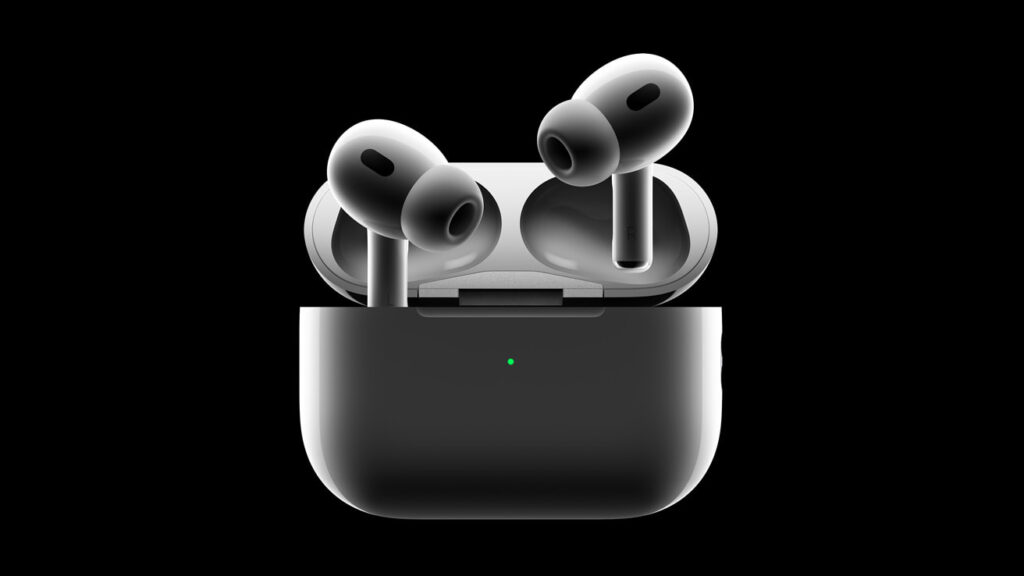
Envision dancing in the rain while enjoying your favorite song or pushing through a vigorous workout without concern. While a pair of AirPods can’t guarantee the former, they can certainly enhance the latter experience. These remarkable TWS (True Wireless Stereo) earbuds from Apple offer top-notch sound quality and overall user experience. However, the key question is whether this relatively expensive piece of technology can withstand exposure to water. This article will provide insights into whether AirPods are waterproof and, if so, to what degree.
Do AirPods Have a Waterproof Rating?
Regrettably, the AirPods are not waterproof; however, some models do possess an IP rating that grants them a level of water resistance. The AirPods (1st and 2nd generation), AirPods Pro (1st generation), and AirPods Max do not have an IP rating, rendering them vulnerable to damage from water exposure, such as splashes and sweat.
Conversely, the AirPods Pro (2nd generation) and AirPods (3rd generation) are the sole AirPods models to feature an IPX4 rating. This means they lack dust protection but can endure water splashes without sustaining damage. To put it simply, these AirPods are suitable for use in the rain and during vigorous workouts.

It’s important to understand that while all AirPods possess some water-resistant qualities, they can still incur water damage if subjected to conditions more extreme than what they are designed for.
Note: The IPX4 rating does not imply that you can use your AirPods while swimming or in the shower, as that level of water resistance begins at IPX7.
Distinguishing Between Waterproof and Water-Resistant
It’s crucial to distinguish between water-resistant and waterproof. When something is waterproof, it means it is completely impervious to water damage and can withstand activities involving water, such as swimming and water sports, without harm. Conversely, a water-resistant object can resist water but only up to certain conditions.
For instance, the AirPods 3rd Gen and AirPods Pro 2nd Gen come with IPX4 ratings. This indicates that these AirPods models can endure light splashes of water, like rain or sweat, without damage, but they are not designed for activities like swimming.
AirPods Models and Their Water Resistance Ratings
Note: Water resistance is not a permanent condition, and it can deteriorate over time. Therefore, exercise caution when using your Apple AirPods in proximity to water or water bodies to ensure their longevity and performance.

What to Do If AirPods Get Wet ?
Accidents can occur at any moment and in any location, and sometimes water can find its way into your cherished AirPods. Whether you’ve inadvertently dropped your AirPods in a puddle, spilled a beverage on them, or been caught in an unexpected rain shower, water damage can be a major worry.
However, don’t despair, as we’ve compiled a list of swift measures that can significantly increase your chances of rescuing your AirPods, regardless of whether they are water-resistant. Here’s how to dry and clean AirPods if they have been submerged in water:
1. Retrieve Them ASAP
When you realize that water has penetrated your AirPods, the first step is to swiftly remove them from the water source. It’s a straightforward but crucial action, as the longer your earbuds remain submerged, the greater the risk of irreversible damage.
2. Remove Both AirPods from the Case
After retrieving your AirPods from the water source, the next step is to remove both the AirPods from their case. This action enables any trapped moisture inside the AirPods case to evaporate. If the AirPods are already outside the case, do not place them inside the case until they have dried completely.
3. Dry Thoroughly
Carefully shake both the AirPods to eliminate any excess water, and then gently pat them dry using a soft, lint-free cloth. It’s important not to apply too much pressure, as this can potentially drive water deeper into the device.

4. Leave them to Dry and Wait
Position your AirPods in a well-ventilated and dry location for a minimum of 24 to 48 hours to allow them to completely dry. Additionally, refrain from utilizing direct heat sources, such as hair dryers, as the heat can potentially harm the internal components of the AirPods.
5. Test Your AirPods
After the drying period, test your AirPods. If they function as expected, consider yourself fortunate and continue using them. However, if they do not work properly, it’s advisable to contact Apple Support or visit an authorized service center rather than attempting additional home remedies.
Note: Please keep in mind that prevention is the most effective solution. While some newer AirPods models offer improved water resistance, it's always wise to minimize their exposure to water whenever possible.

0 Comments